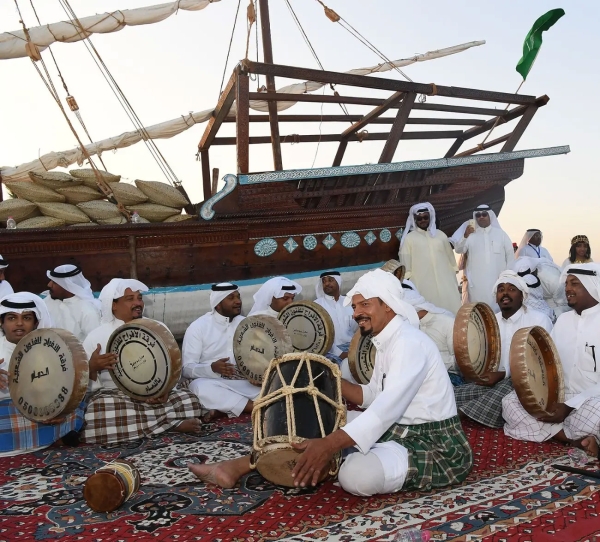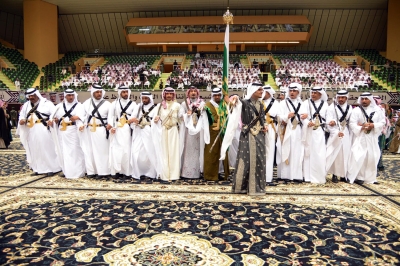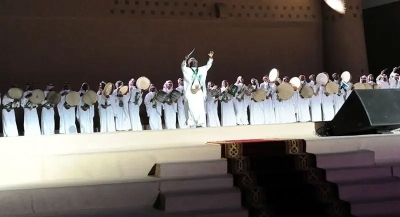
Al-Fajri is a traditional maritime singing genre and an ancient folk art that gained popularity across the Arab Gulf countries. It derives its name from 'al-Fajiri' or 'al-Jahl' clay instrument, which is the primary tool used in the performance of this art.
History of al-Fajri Art
Al-Fajri is considered one of the musical genres of the sailors on the eastern coast of the Kingdom of Saudi Arabia. Its name is derived from the Arabic word 'Fajjara,' meaning to create or bring something into existence.
Performance of al-Fajri Art
Al-Fajri art is performed in a collective chant called 'al-Tanzilah,' which serves as the opening of the song. 'An-Nahham' style then follows, with the audience joining in through repetition. The songs of al-Fajri cover various aspects of life and are recognized as one of the key elements of the Gulf Arab cultural heritage.
Styles of al-Fajri Art
Al-Fajri is divided into several distinct styles, including al-Bahri, al-Aadsani, al-Haddadi, al-Mkholfi, and al-Hassawi styles. Performing al-Fajri requires special skills and abilities from both the musicians and singers. It is considered one of the most challenging traditional arts in the Gulf in terms of performance, as it demands the coordination of a group of voices—at least five—each performer must possess a powerful voice and vocal strength.
The sounds in this art form are produced from the throat, with a large volume of air passing through it, and performed in a resonant, bold manner.
Instruments used in al-Fajri Art
Al-Fajri Art relies on al-Fajiri or al-Jahl clay drum, on which striking its outer surface with the palm of the hand produces deep, resonant sounds resembling the rhythm of "tum tak." Al-Fajri also features specific musical scales known as Tanzilat or melodies, which vary from one song to another.
Related quizzes
Related articles


